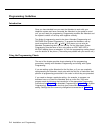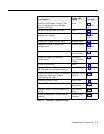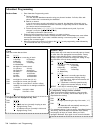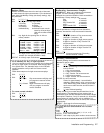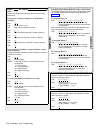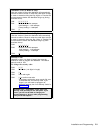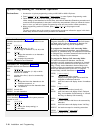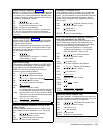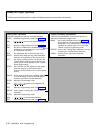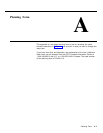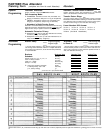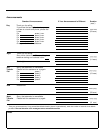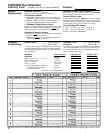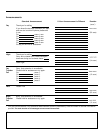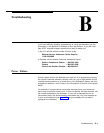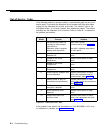
Testing for Proper Operation
Follow boxed instructions below to ensure the Attendant answers and transfers calls correctly.
Testing Basic Operation
Test basic operation for both day and night operation.
ENTER
DIAL
EXIT
DIAL
DIAL
VERIFY
LET
VERIFY
REPEAT
ENTER
DIAL
EXIT
REPEAT
ENTER
DIAL
EXIT
Attendant Programming mode (see page 2-6)
[
★
] [
7
] [
5
] [
1
] to ensure that the Attendant is in
day mode
Attendant Programming mode (see page 2-6)
the phone number that is answered by the
Attendant for your business (do not use a phone
at a Destination extension)
the appropriate digit to select the first route
that the phone begins to ring at the Destination
extension corresponding to the desired route
the call ring, verifying that the call returns to the
Transfer Return extension (the number of rings
before the call returns depends on the Transfer
Return Rings setting)
that "Transfer from AA" appears on the display
when the call goes to the Transfer Return
extension (if that extension has a system display
phone)
above steps for each route, including Route 0
It is not necessary to test the Transfer Return
extension more than once per Attendant.
Attendant Programming mode
[
★
] [
7
] [
5
] [
2
] to ensure that the Attendant is in
after-hours mode
Attendant Programming mode (see page 2-6)
steps (except for testing the Transfer Return
extension)
Attendant Programming mode
[
★
] [
7
] [
5
] [
0
] to resume normal operation
Attendant Programming mode (see page 2-6)
Testing Secondary Destinations
Follow the procedure below for each route that has a
Secondary Destination programmed.
MAKE
the Primary Destination busy (see page 1-2) to
ensure that the call goes to the Secondary
Destination—on a standard phone, pick up the
handset; on a system phone, turn on Do Not
Disturb or go into programming mode
REPEAT
steps under "Testing Basic Operation" (except
for testing the Transfer Return extension)
VERIFY
that the phone rings at the Secondary
Destination
2-12 Installation and Programming



